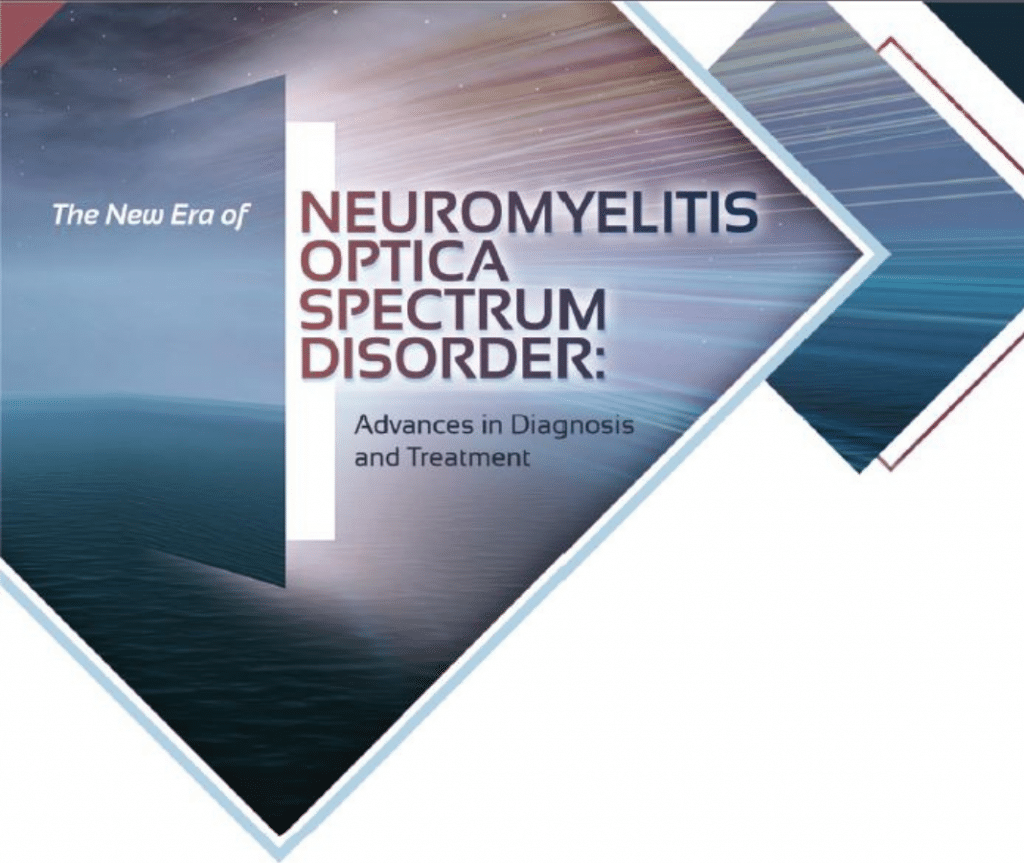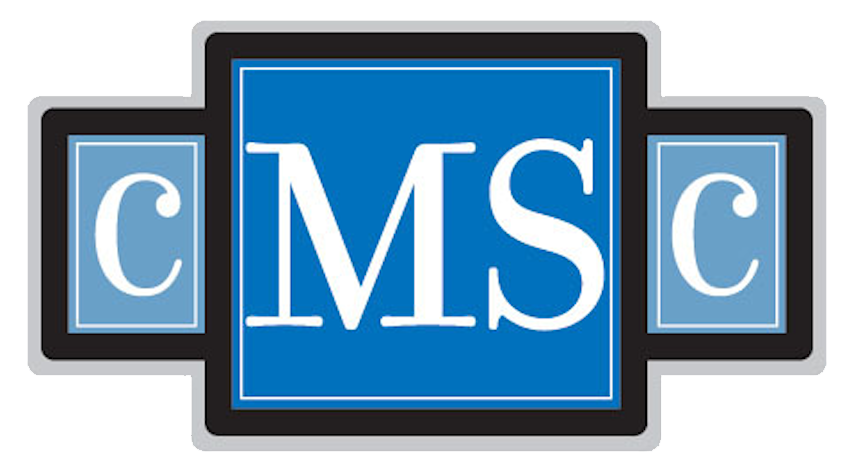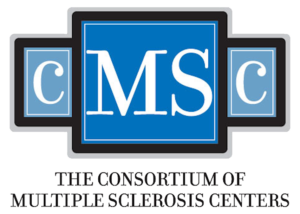
Thursday, November 19, 2020
4:00 – 6:00 pm EST
Learning Objectives
- Define symptoms of NMOSD and common diseases that mimic NMOSD
- Summarize consensus diagnostic criteria for NMOSD
- Review diagnostic testing methods for NMOSD
- Employ team-based approaches to the early and accurate diagnosis of NMOSD
- Review novel treatment options for NMOSD
- Apply evidence-based approaches to personalizing treatment for patients with NMOSD
Presenting Faculty and Program
Chair Brian G. Weinshenker, MD, FRCP(C)
Consultant, Department of Neurology
Professor of Neurology, College of Medicine Mayo Clinic
Rochester, MN
Expert Faculty and Co-Developer
Marcelo Matiello, MD
Assistant Professor of Neurology, Harvard Medical School
Director, Massachusetts General Hospital Neurology Inpatient Services
Director, Massachusetts General Hospital Routine and Urgent Teleneurology Program
Associate Director, Neuromyelitis Optica Clinic and Research Unit
Boston, MA
This activity is jointly provided by The Consortium of Multiple Sclerosis Centers and Catamount Medical Education.
This activity is supported by independent educational grants from Alexion Pharmaceuticals and Genentech.
Accreditation Statement
In support of improving patient care, this activity has been planned and implemented by the Consortium of Multiple Sclerosis Centers (CMSC) and Catamount Medical Education. CMSC is jointly accredited by the Accreditation Council for Continuing Medical Education (ACCME), the Accreditation Council for Pharmacy Education (ACPE), and the American Nurses Credentialing Center (ANCC) to provide continuing education for the healthcare team.
Credit Designations
Physician Continuing Medical Education
The CMSC designates this enduring activity for a maximum of 1.0 AMA PRA Category 1 Credit(s)™. Physicians should claim only the credit commensurate with the extent of their participation in the activity.
Nursing Credit Designation
The CMSC designates this activity for a maximum of 1.0 contact hours of continuing nursing education (0.5 in the area of pharmacology).
Pharmacists
This knowledge-based activity, UAN JA4008165-9999-20-063-L01-P, qualifies for 1.0 contact hours (.10 CEUs) of continuing pharmacy education credit. Upon successful completion of the activity, your CE credits will be submitted electronically to the NABP CPE Monitor service. Paper certificates are not valid. For information about CPE Monitor, visit https://nabp.pharmacy/cpe-monitor-service/


